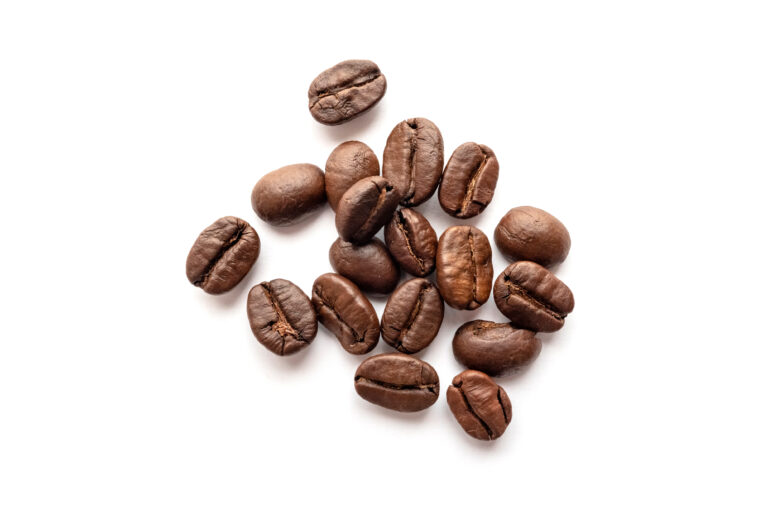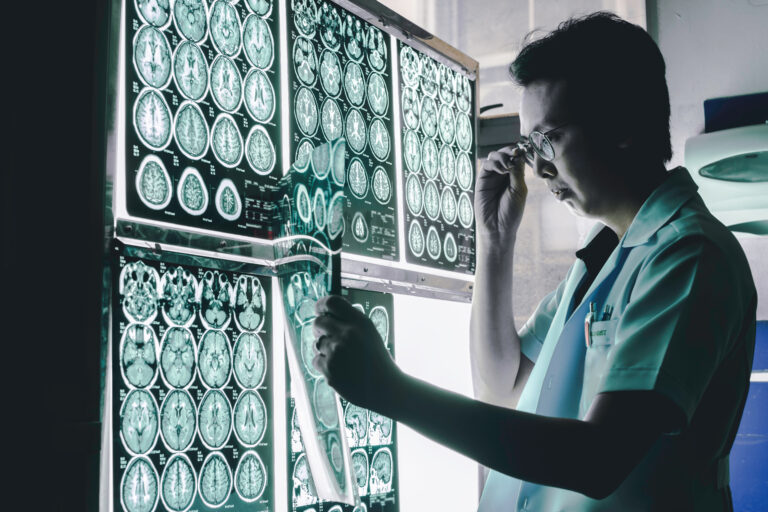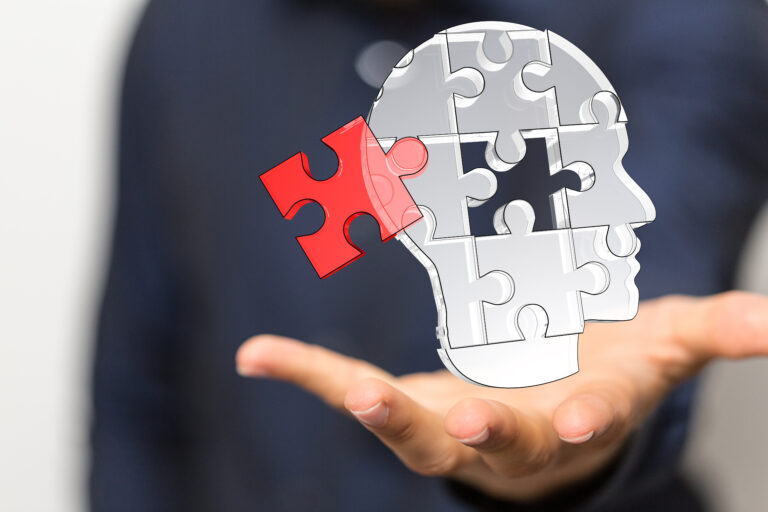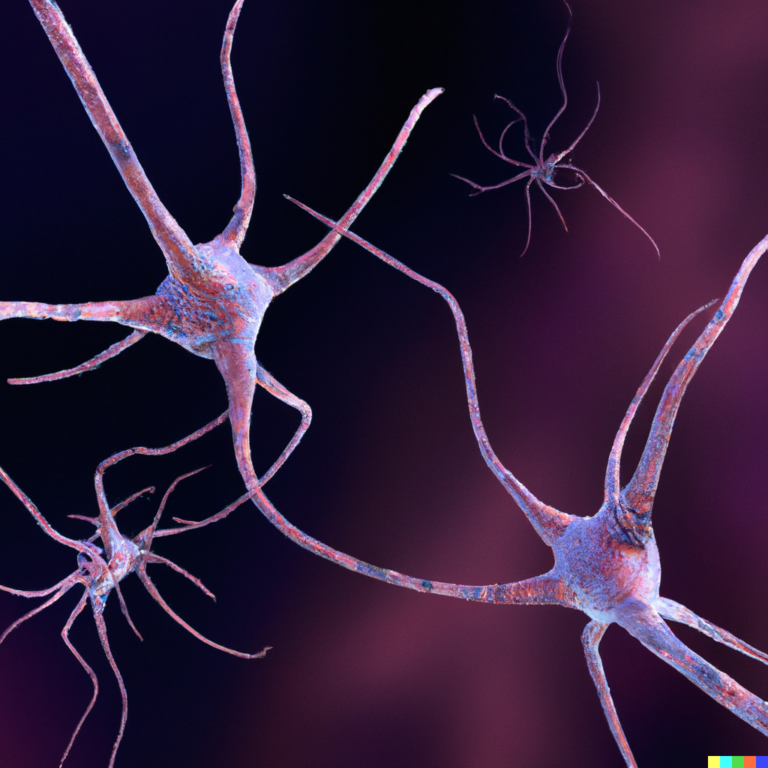When a person suffers from a stroke, it is not just their body that is affected. The brain, which controls all functions of the body, also suffers damage from the lack of blood flow. This can lead to a range of head problems that can have a significant impact on a person’s daily life.
The most common head problems that can occur after a stroke include headaches, dizziness, cognitive impairments, and changes in behavior. These issues can vary in severity and duration, but they all require attention and management to improve a person’s quality of life.
Headaches are a common problem experienced by stroke survivors. These headaches can be categorized as either primary or secondary. Primary headaches are caused by the stroke itself and may result from changes in the brain’s blood vessels or chemical imbalances. Secondary headaches, on the other hand, are caused by other factors such as stress, medication side effects, or other medical conditions that may have been present before the stroke.
The type of headache a person experiences can also vary. Some may experience tension-type headaches, which are characterized by dull, constant pain in the head and neck region. Others may suffer from migraines, which are intense headaches often accompanied by nausea, sensitivity to light and sound, and visual disturbances.
Dizziness is another common issue faced by stroke survivors. This feeling of lightheadedness or unsteadiness can be caused by damage to the brain’s balance center. It can also be a side effect of certain medications used to treat other stroke-related issues such as high blood pressure.
Cognitive impairments are also common after a stroke. These may include difficulties with memory, concentration, problem-solving, and decision making. The severity of these impairments can range from mild to severe, and they can significantly impact a person’s ability to perform daily tasks.
Changes in behavior can also occur after a stroke. The brain damage caused by a stroke can affect a person’s emotions, leading to mood swings, depression, or anxiety. Some may also experience changes in personality, such as increased irritability or impulsivity.
Managing these head problems after a stroke is crucial for a person’s recovery and overall well-being. The first step is to identify the root cause of the issue. This may require a thorough evaluation by a healthcare professional, including imaging tests, blood work, and cognitive assessments.
The treatment of headaches after a stroke may involve medication to manage pain and prevent future episodes. In some cases, physical therapy may also be recommended to help improve posture and relieve muscle tension that can contribute to headaches.
Dizziness can be managed through balance training exercises and medications if necessary. Cognitive impairments may require a combination of therapies, including occupational and speech therapy, to improve memory, concentration, and problem-solving skills. Behavioral changes may also be addressed through therapy and medication.
Besides medical treatment, there are also lifestyle changes that can help manage head problems after a stroke. These include maintaining a healthy diet and exercise routine, getting enough rest and sleep, managing stress levels, and avoiding triggers that may worsen symptoms.
It is also essential for stroke survivors to have a strong support system. Family members, friends, and caregivers can provide emotional support and assist with daily tasks that may be challenging due to head problems. It is crucial for these individuals to understand the impact of a stroke on the brain and be patient and understanding with their loved one’s struggles.
In conclusion, head problems after a stroke can greatly affect a person’s life. However, with proper management and support, these issues can be minimized, allowing the individual to lead a fulfilling life. It is essential for stroke survivors to work closely with their healthcare team and loved ones to address these head problems and improve their overall well-being.





